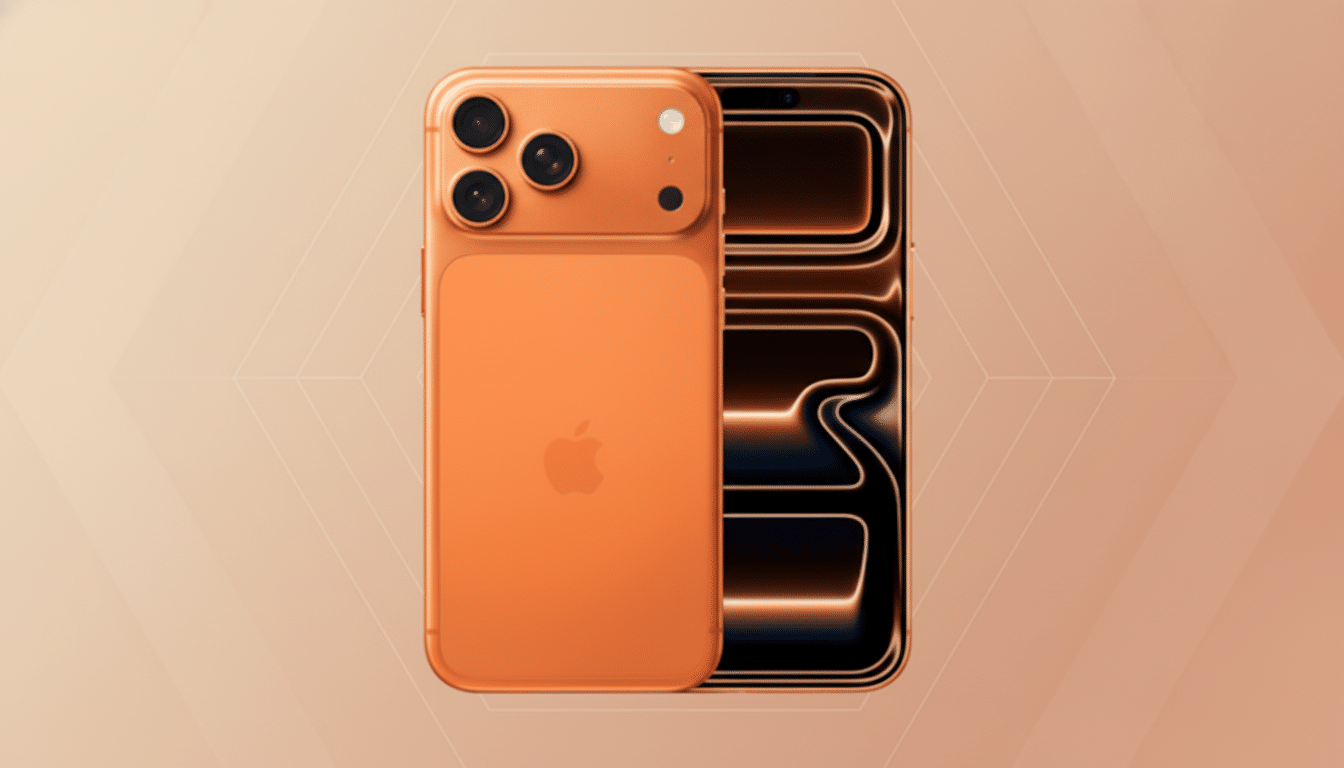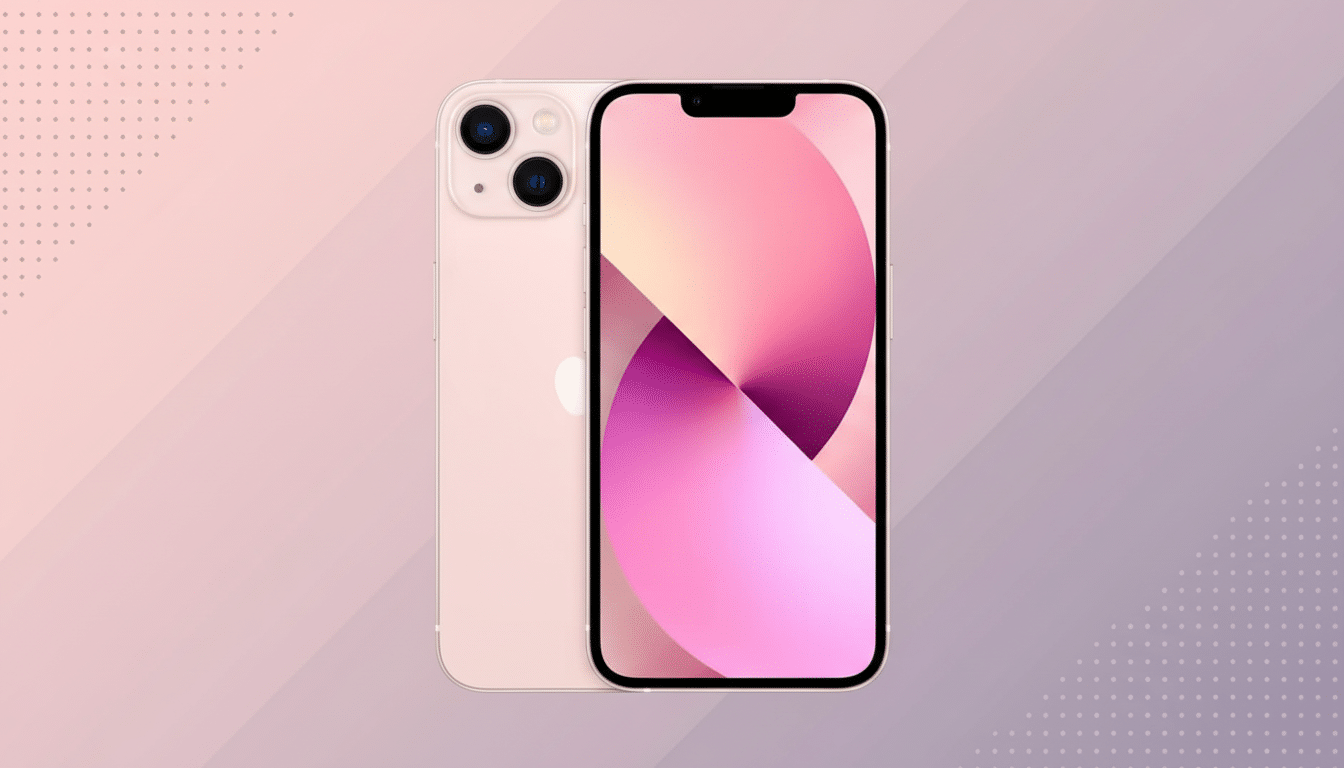Apple is quietly laying the groundwork to launch satellites for the iPhone, with five new job postings by the company seeking space experts. That’s according to reporting from Bloomberg’s Mark Gurman. If successful, the upgrades would transform the device from more of an emergency messaging tool to something more akin to a piece of everyday, resilient connectivity that works when cell towers and Wi‑Fi don’t.
Today’s iPhones can already transmit satellite emergency texts via a system powered by Globalstar, at no extra cost, with Apple’s hundreds of millions of dollars in ground infrastructure behind it. The alleged roadmap indicates that Apple is beginning to think about how it can make satellite service more practical and more intuitive, as well as being something that can be used by a wider variety of apps — but without turning the iPhone into an actual satellite phone.
- Satellite Maps and Navigation for Areas Without Coverage
- Photo Messaging Over iMessage Using Low-Bandwidth Satellite Links
- 5G NTN on iPhones of the Future and Deeper Carrier Integration
- Opening Up Satellite Access to App Developers
- More Organic Satellite Usage Without Manual Sky-Pointing
- What Is Not Coming to iPhones Over Satellite Links
- Competitive and Technical Context for Direct-to-Device Satellite
- Pricing and Availability Remain Open for Satellite Features

Satellite Maps and Navigation for Areas Without Coverage
One key feature is satellite support for Apple Maps, introducing turn‑by‑turn basics and location sharing in areas without cellular or even Wi‑Fi networks. iOS natively supports offline maps already, but satellite links could provide a boost when you stray from a saved area, require re‑routing, or want live ETAs during backcountry adventures. Do not expect the world: map tiles and routing hints can be a few kilobytes, but the link budget for direct‑to‑device on satellite is very tight.
That would also line up with Apple’s current Emergency SOS flows, where the software walks you to obtaining a satellite line of sight and send those down only if it’s really necessary. The same UI philosophy — small, prioritized packets — would enable navigation to operate when it’s most important.
Photo Messaging Over iMessage Using Low-Bandwidth Satellite Links
Also, that includes sending photos over iMessage via satellite. That seems like a tall order, given the narrowband setup of today’s links — but I’d believe it if Apple ended up transmitting ultra‑compressed thumbnails or short bursts of Live Photos rather than full‑quality files. Some industrial direct‑to‑device satellite implementations could run as slow as single‑digit kbps; you might have to wait several minutes for a 40–60 KB thumbnail to send, which is obviously slowness but also meaningful in remote or disaster scenarios (trail check‑ins, rescues, and documentation of assets).
Apple’s control of the camera pipeline (HEIF/HEVC) and iMessage end‑to‑end compression gives it levers to make such a feature feel usable without crushing satellite capacity.
5G NTN on iPhones of the Future and Deeper Carrier Integration
The company is also set to offer 5G Non‑Terrestrial Networks (NTN) support as well in a future iPhone model, matching up with the standards of 3GPP Release 17/18. It would move Apple’s satellite capabilities from a custom, emergency‑only stack to “straight‑up carrier integration,” setting the stage for carriers to eventually deliver texts and possibly data services directly over Apple devices when signal is scarce on the ground.
More fortunes will follow in areas where carrier service is less common, as the trend to get these satellites communicating extends across the whole world.
(Reporting from The Information has suggested that Apple has looked into scenarios where satellites supplement carrier connectivity, including satellite backhaul keeping towers online during outages.)
Adopting 5G NTN as the standard would also ensure compatibility between iPhones and those networks as they are released.

Opening Up Satellite Access to App Developers
Gurman also reports Apple is pondering developer tools that would permit third‑party apps to ask for a session via satellite. That could open up smart, low‑data features in hiking and off‑road navigation apps, fleet tracking, precision agriculture, and disaster response tools — not to mention conservation tech. (Predict that Apple will gate access with entitlements and with strict data budgets to conserve battery life and satellite capacity.)
If enacted, that would signal a major move away from an Apple‑controlled experience and toward a platform — in the same mold as when it broadened Background Location and HealthKit with privacy‑first guardrails.
More Organic Satellite Usage Without Manual Sky-Pointing
Usability is another focus: Apple is considering ways to get rid of the “point at the sky” requirement, enabling connections in a moving car, near a window, or even with the phone tucked away in your pocket. Improvements could be had from improved antennas, smarter beam steering, new satellite constellations, and better ground stations. Globalstar has announced new spacecraft orders and ground upgrades in regulatory filings. Infrastructure supported by the Apple Advanced Manufacturing Fund is now funded to add reliability.
Reducing user friction is critical. The fewer alignment steps, the more likely that people would rely on satellite features in those rare moments when they do need them.
What Is Not Coming to iPhones Over Satellite Links
There won’t be full voice calls, or video calls, or regular web browsing over satellite. Those applications require much more bandwidth and power than direct‑to‑device links can now deliver for everyone at scale. Apple seems clearly focused on specific capabilities that would fit within today’s physics and the capacity of its own constellation.
Competitive and Technical Context for Direct-to-Device Satellite
Apple’s approach contrasts with work led by SpaceX and T‑Mobile to offer direct‑to‑cell texting, which they would like to provide voice and limited data, as well as AST SpaceMobile, which has demonstrated broadband‑class downloads in field tests at more than 10 Mbps to unmodified phones. Apple’s more risk‑averse approach relies on efficient codecs, predictive UI, and iPhone deployment.
Cue up the background: GSMA said there’s a big coverage gap in rural and remote areas; there are large, unserved portions of Earth’s surface. Direct‑to‑device satellite is the bridge, and 3GPP NTN standardization is driving adoption.
Pricing and Availability Remain Open for Satellite Features
Gurman says Apple may charge for some of these features, a departure from the period when Apple moved to allow free use of emergency messaging on compatible models. Satellite capacity is costly — services like Garmin’s inReach cost a monthly fee — and Apple could offer tiered plans that reflect actual network expense while ensuring emergency access remains universal.
Timelines are not locked in; plans can shift. But the trend is clear: Apple is going from a satellite‑based last‑resort lifeline to a low‑bandwidth safety net that quietly expands the iPhone’s usability well beyond where cell towers can reach.

